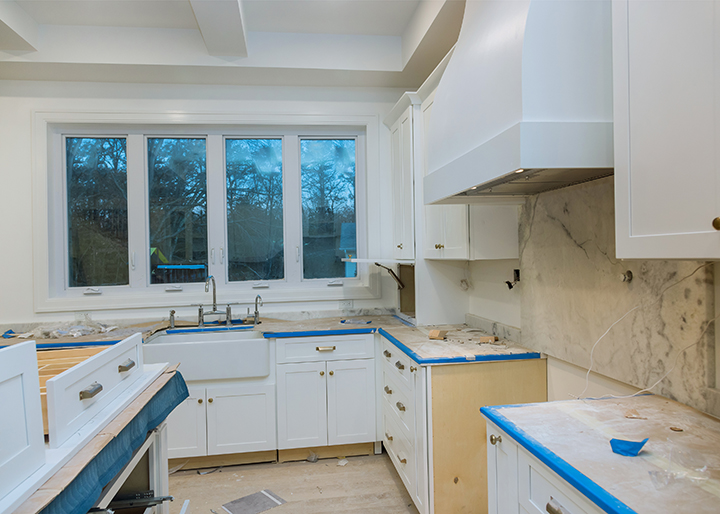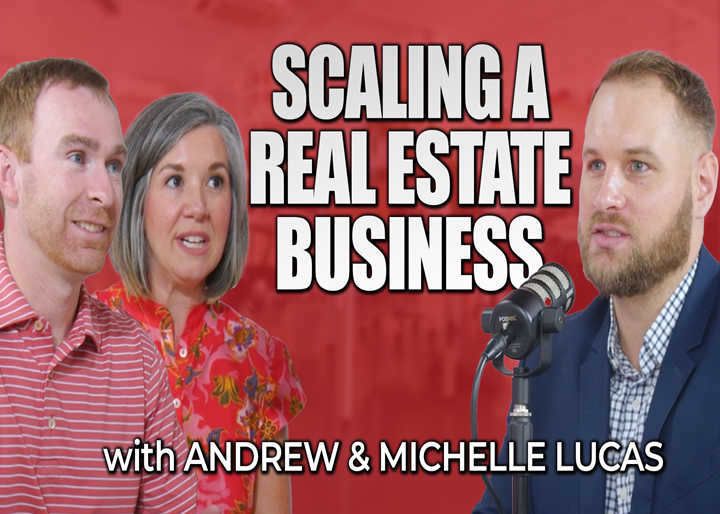Maximizing Your Retirement Strategy
The Power of Self-Directed Accounts by John “Jack” Kiley, CPA, CISP I have been working with retirement accounts for a long time. As a young CPA, at the first CPA practice I worked for, I learned about self-directed retirement accounts. The firm’s basic recipe was to provide bookkeeping services for its clients’ business activities and then prepare the business and individual tax returns. As a client’s business became more profitable
Read More












